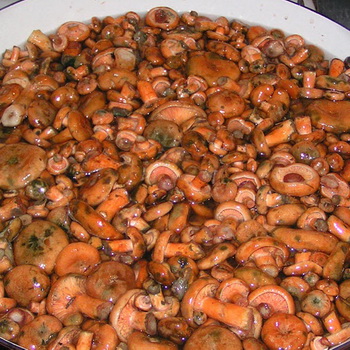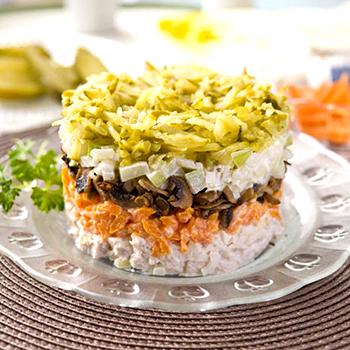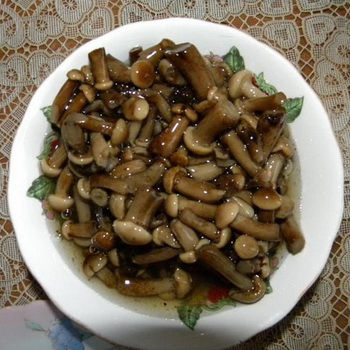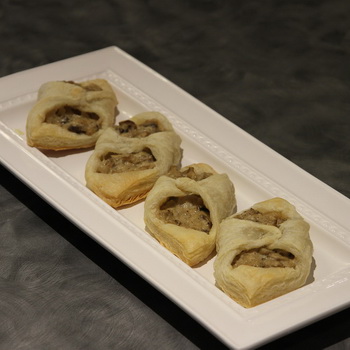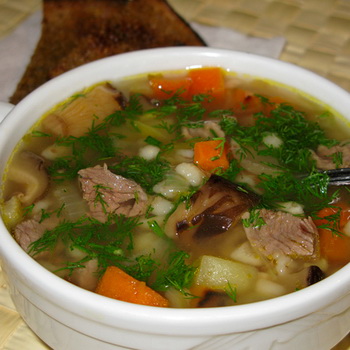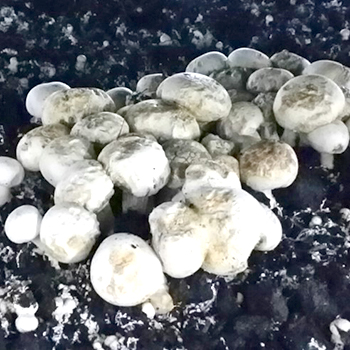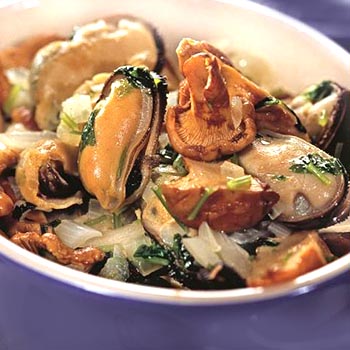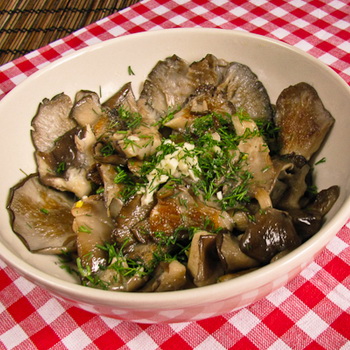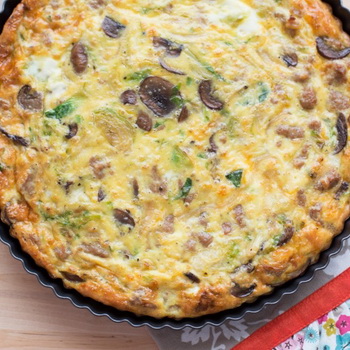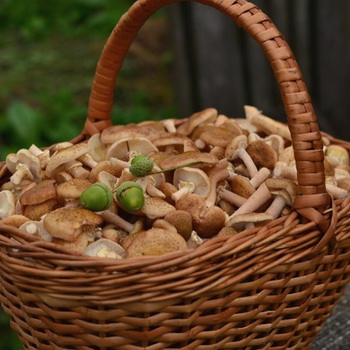Wave mushrooms: photo and description of what edible waves look like
 Ordinary edible waves, like their white variety, have a very original pattern on the cap in the form of waves diverging in all directions. The description of the mushrooms of the volushkas is in many ways similar to the whites, only the color of the cap is pink or yellow, the leg is slightly lighter and more robust than that of the white counterparts. Like many other lamellar, in the West, these mushrooms are not eaten, but in Russia they are extremely popular.
Ordinary edible waves, like their white variety, have a very original pattern on the cap in the form of waves diverging in all directions. The description of the mushrooms of the volushkas is in many ways similar to the whites, only the color of the cap is pink or yellow, the leg is slightly lighter and more robust than that of the white counterparts. Like many other lamellar, in the West, these mushrooms are not eaten, but in Russia they are extremely popular.
What edible mushrooms look like
The shaggy or wavy plate in the common people has many names: Volvianki, Volvianki, Volzhanka, Volviannitsa and Volvukha - and in all appearance it closely approaches all the previous species, with which it has a great affinity.


Check out the photo and description of the wave: the main difference between the shaggy plate is in the hairy, rather noticeable hairs that are around the edge around the cap and are sometimes quite long. In our places, this mushroom is quite rare, and more often comes across in the more northern provinces of Russia. It is classified by many scientists as poisonous, especially in France and the Czech Republic. But in our country it is used for food completely harmless, however, in Sweden it is often collected and consumed without the slightest harm in food instead of camelina.


The place of growth of this fungus is certainly in the forests on sandy and siliceous soil, most often under birches, and they find it simultaneously with the previous species.


What do the waves look like and how are they different from other milky fungi? Their hat is no more than 1.5 to 10 cm wide, first convex, and then concave, but always with edges curled inward. The entire cap of this mushroom, and mainly its outskirts, are covered with thick hairs hanging from the ends, in the form of rather long hairs, which gives the mushroom a very beautiful appearance. However, by old age, these hairs become barely noticeable. And the description of the wave becomes similar to all other LPs.


The color of the cap is pale pink, sometimes casting white, but more often yellow or grayish. Moreover, it is almost always speckled alternately with dark and light, wide and circular stripes, which, however, does not constitute a characteristic property of the mushroom, because it depends on the tree leaves falling on it, why such a pattern often occurs on other mushrooms of the same breed with a shaggy plate. The flesh of the cap is of the same pale pink color, rather dense and dry.


The platelets of the wave are the same color with the cap, but always somewhat paler, and the milky juice of the mushroom is very sharp, yellow-white and does not change from contact with air.


The leg is also somewhat paler against the cap and generally more or less yellowish, at the same time dense, but mostly smooth, but sometimes, however, mottled with insignificant dark depressions, is rarely hollow, and reaches no higher than 5 cm in height.
On the palate, the edible mushrooms deserve various accolades. Some people find it not quite wonderful, others like it. In its raw state, it is very pungent, but when boiled it loses this pungency, although its natural pungency is still somewhat preserved. As for the bitterness, which is very noticeable in the raw mushroom, it almost completely disappears from cooking. The smell of both raw and boiled mushrooms is pleasant, earthy.

